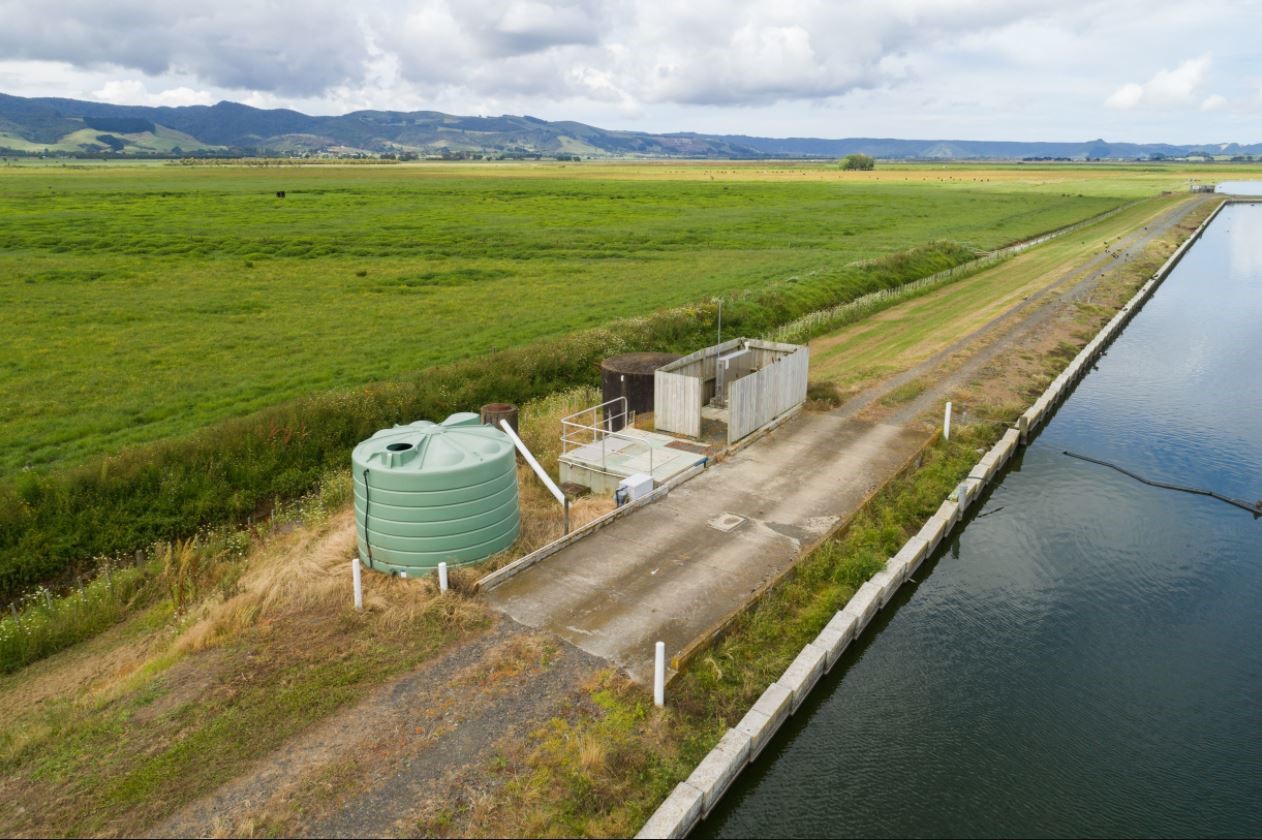Discharging Kaitāia’s treated wastewater to land
Project details
The Council currently discharges Kaitāia’s treated wastewater to the Awanui River, and is actively considering an alternative option of discharging treated wastewater to land.
Areas of land have been identified that may be suitable for the treated wastewater. These areas have the soil, slope and land-use types that might be suitable for receiving treated wastewater, and further site investigations are required to confirm their suitability. The next step is to contact landowners to find out if they are interested in allowing site suitability investigations on their land.
Council is also seeking guidance from mana whenua on discharge to land and site suitability.
Design and costs for appropriate infrastructure will be prepared if suitable land is found, as well as engagement with Treaty partners and affected communities. The Council will then make a decision whether to go ahead with the project.
Share your feedback
Discharge to land survey
Questions and answers
- It is culturally unacceptable for treated wastewater to be discharged to water. In te ao Māori human waste is considered harmful, tapu, and needs to be kept separate from where people cook, eat, harvest food, talk and sleep. Wai (water) is a place for gathering kai and is a taonga with a mauri. The mauri of wai is degraded when wastewater is discharged to it.
The Council is statutorily required to investigate options for discharging wastewater to land, Policy D.4.3 of the Proposed Regional Plan for Northland sets out this requirement.
- Discharging wastewater to land will reduce contamination of a freshwater body, and if treated wastewater is used to irrigate land this can result in reduced demand (for irrigation) on our freshwater sources.
- Discharging treated wastewater to land encourages further treatment through contact with soils and also allows vegetation to uptake nutrients
- Discharging to land stops contaminants entering waterways
- Taking treated wastewater out of waterways helps to restore the mauri of the awa
- Treated wastewater can be re-used for irrigation purposes, which in turn reduces demand on other freshwater sources.


